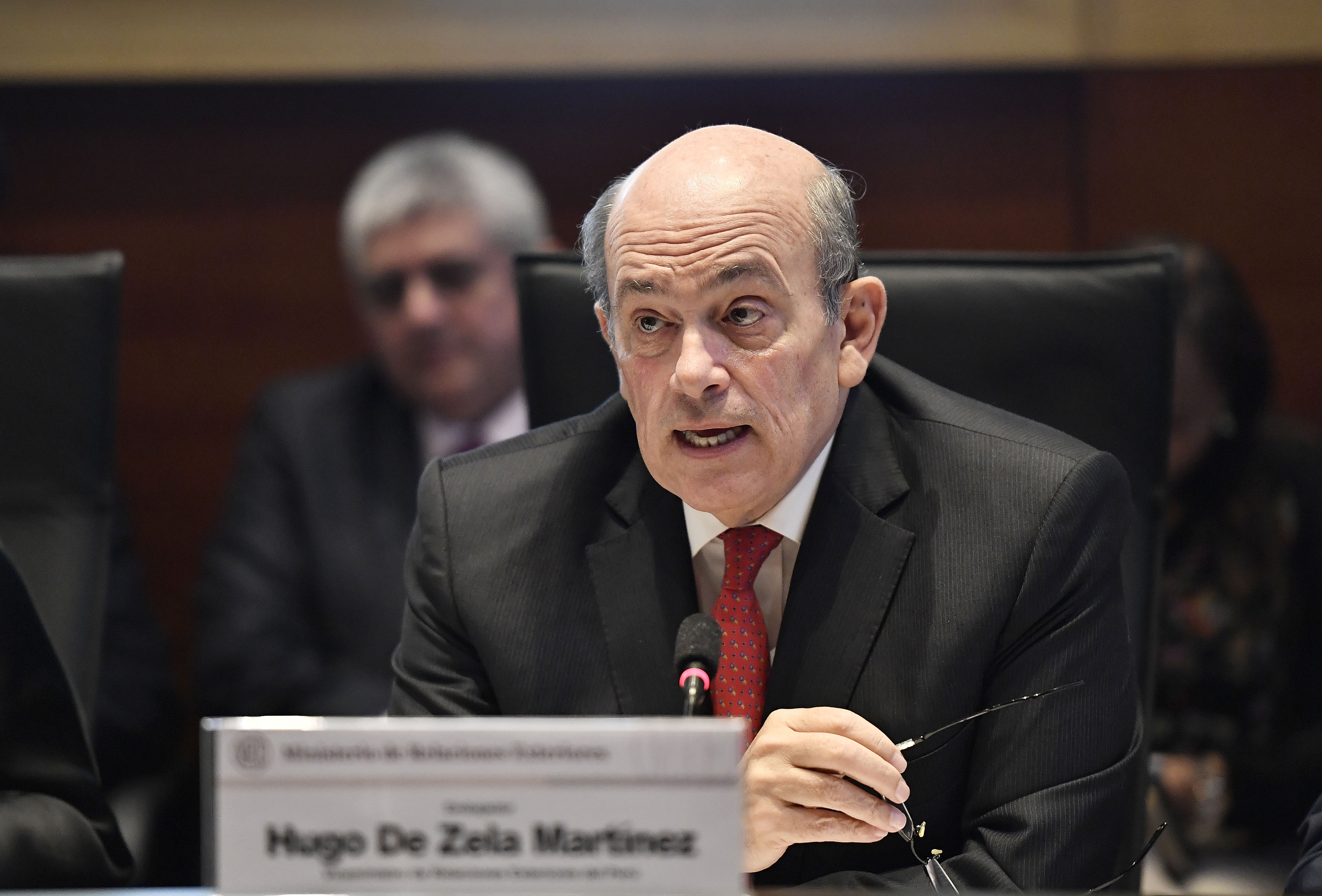Iron ore prices hit seven-month low, Aussie miners affected

Iron ore prices dropped to a seven-month low of $113 triggered by worries over weak Chinese steel demand and concerns about overcapacity in the industry.
The fall in the price of the steelmaking material has prompted nervous investors to exit pure-play stocks, such as Fortescue Metals Group (ASX:FMG).
Australia’s third-largest iron ore miner saw its shares lose more than 5%, or 18 cents, to close at $3.35 Thursday, reviving bad memories of a steep price plunge in September last year.
Analysts cited by Financial Times (subs. required) believe that both traders and steelmakers in China, which accounts for 60% of the world’s seaborne iron ore imports, had been selling down stocks.
“Panic is building on panic,” Melinda Moore, bulk commodity strategist at Standard Bank in London, told FT.
A construction boom has driven growth in China so far, but new restrictions on property to stop local governments racking up debt and over-investing in the name of urbanization, are set to cool demand for raw materials.
Only yesterday, the International Monetary Fund (IMF) lowered its 2013 forecast for the world’s second largest economy from 8% to 7.75%, blaming weak global conditions and flat Chinese exports.
Iron Ore Spot Price (Any Origin) data by YCharts
The slide in iron ore and steel prices has big implications for Australia, as iron ore is the country’s main commodities export. According to the latest report from the Bureau of Resource and Energy Economics, the country’s official commodities forecasting agency, things will get worse before they get better.
The BREE expects prices to fall to $90 a tonne over the next five years as demand for the steel-making ingredient wanes and a wave of new supply hits the market.
It also says the Government should expect to lose around $17billion from expected iron ore export revenue out to 2016-17, slashing it to about $70 billion from a forecast of $88billion made a year ago.
More News
Peru weighing agreement with US on critical minerals, minister says
Peru is the world's third-largest copper producer.
December 10, 2025 | 12:02 pm
{{ commodity.name }}
{{ post.title }}
{{ post.date }}





Comments